Wine tasting in South England: why Sussex and Kent is worth a visit
The southeast of the UK now has the same warm temperatures and growing conditions as their neighbour. There are 300 vineyards alone in Sussex and Kent and here are the ones to visit.
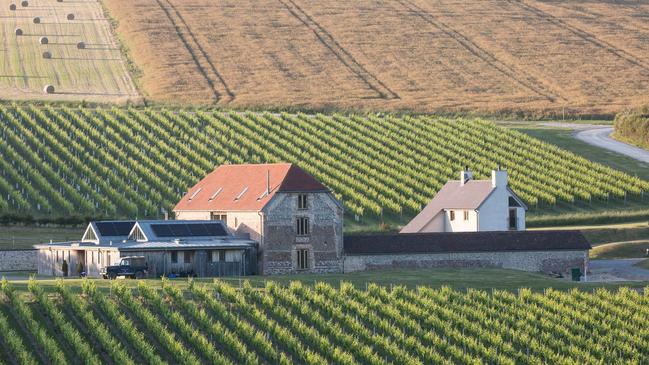
Up on Seaford Head – a blustery clifftop on the East Sussex coast – the south of England’s newest secret is hidden in plain sight. In the distance, the gleaming white cliff faces of the Seven Sisters soar up out of the English Channel, gleaming with the chalk that has recently become Britain’s equivalent of oil deposits. Lying on the same chalk bedrock as the French Champagne region, successful wine cultivation in Kent and Sussex has always been marred by one major factor: England’s weather. Now, climate change means the temperatures have reached the same reliable warmth that Champagne had 20 years ago. The climate is right, the soil is right. English wine’s time has finally come.
The glorious sea views from Seaford Head are my first stop on a tour of what’s fast becoming the British Tuscany. More than 60 per cent of the country’s vineyards are in the southeast, with the rolling hills and lush valleys of the South Downs National Park increasingly covered in neat lines of grapevines. Our first stop is Rathfinny Estate, where the south-facing slopes of a former arable farm were first planted with pinot noir, chardonnay and pinot meunier in 2012. Like many vineyards, Rathfinny offers tours and tastings, as well as lunches in its elegant glass-walled restaurant, overlooking the fields.
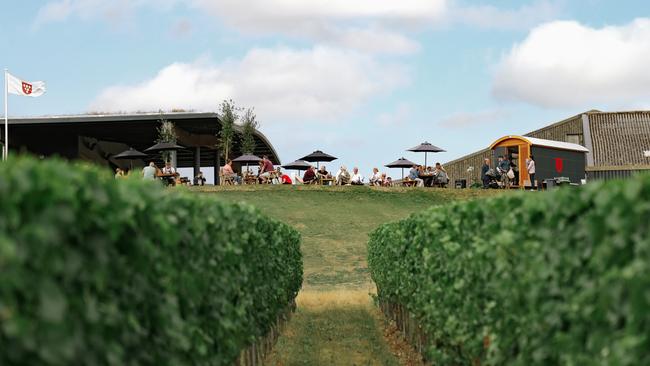
Our visit coincides with the harvest; the fields are humming with tractors trundling between the vines and clutches of figures stooping over the leaves with scissors and baskets. Every autumn, Rathfinny hires 200 pickers, part of the estate’s desire to create quality, traditional-method wines. It certainly pays off; the Classic cuvee is dry and crisp with a hint of apple skins, the Rathfinny rose full of summer, with light berry flavours. We work our way through six of the estate’s wines, happily ignoring the spittoons, and learning new terms such as “dosage”, the amount of sugar added to the wine, and “remuage”, the process of turning champagne bottles to remove the sediment.
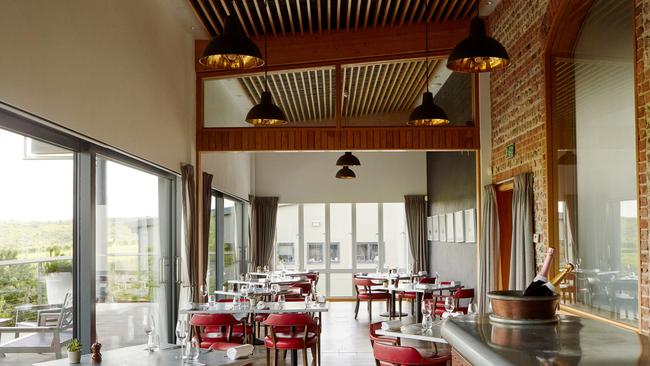
Fortunately, our accommodation for the night is on the estate, just a short walk across the fields. The sleekly converted Flint Barn houses 10 chic bedrooms and a cosy, candlelit lounge – an ideal spot for an early evening glass before a delicious supper of smoked trout, followed by a hearty lamb cottage pie. Next morning, there’s barely time to wolf down locally sourced bacon and eggs on thick-cut sourdough before we’re off to the next vineyard, this time over the border in the neighbouring county of Kent.
Chapel Down is one of Britain’s biggest winemakers, producing up to three million bottles a year. As we walk beside the vines, guide Jo mixes in the estate’s history with tales from the long history of champagne-making. I love the sound of Madame Clicquot Ponsardin, who invented the process of remuage, along with the idea of the foil wrap around the neck, which was originally used to hide the fact that not every bottle contained exactly the same amount of wine.
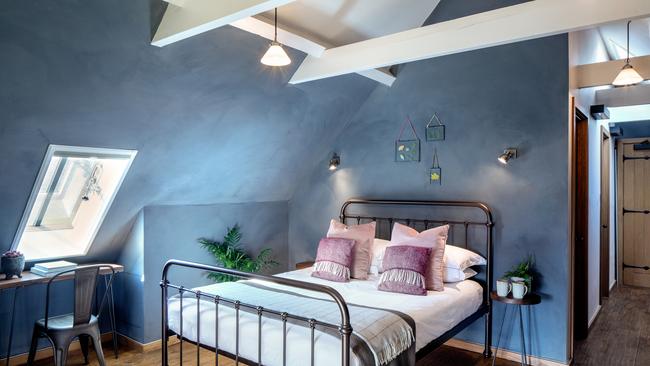
In spite of the proximity to London – many of the vineyards are barely an hour’s drive from the capital – the wine region feels pleasingly rural. There are no motorways ripping through the bucolic hills, and no major industry; just quiet roads and traditional market towns such as Tenterden, 10 minutes’ drive from Chapel Down. The long High Street, dotted with antique shops, boutiques and cafes, is perfect for walking off the generous platter of local cheeses and charcuterie that accompanied our Chapel Down wines.
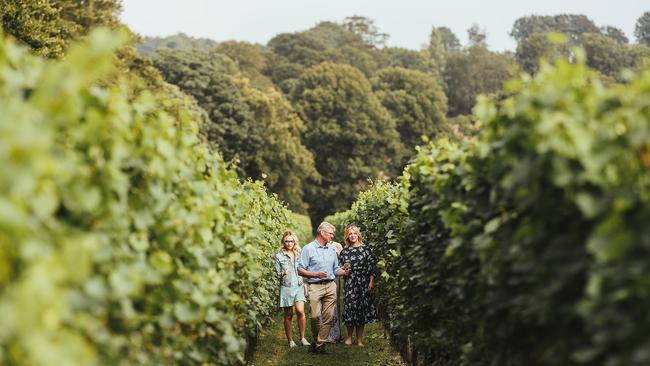
Until the wine industry began to bloom, Kent’s biggest draw was the city of Canterbury; famous for Chaucer’s medieval pilgrims, the Roman walls that still flank sections of the city and the beautiful cathedral. We take a pause from tasting to join a guided tour; a fact-filled whip through 1000 years of history, most notably the assassination of Thomas Becket, once right-hand man to King Henry II. Although I’ve visited before, I’m struck afresh by the sheer scale and beauty of the architecture; elegant fan-vaulted ceilings, Romanesque arches and Gothic touches that are a legacy of hundreds of years of rebuilding and rebuilding, each era’s style overlaying the last.
An hour’s tour leaves us thirsty again, so we repair to Corkk, the city’s leading wine bar and bottle shop, where we taste some of Kent’s best still wines. By now, my palate is getting a little blurry, but I make a note of a chewily good pinot noir from Cary Wine Estate, and a bacchus – one of the most successful grape varieties for white English wines – from Wayfarer Vineyard, close to Tenterden.

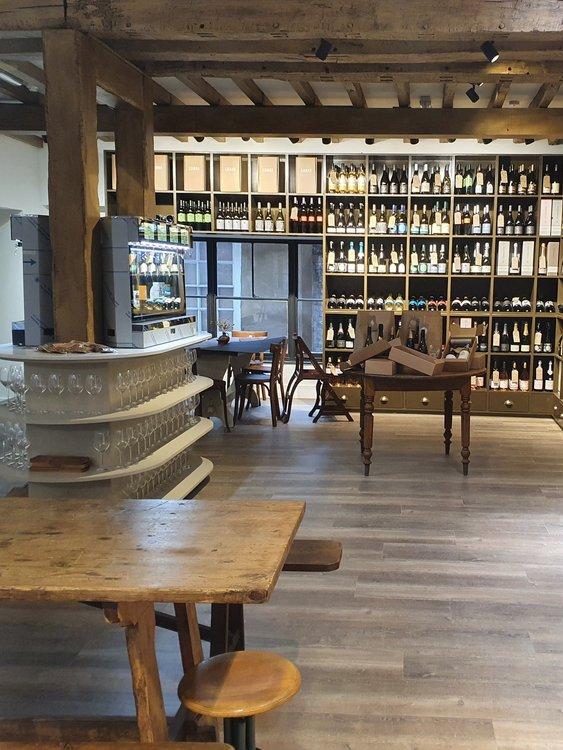
But it’s our final tasting, the following morning, that turns out to be my favourite. Simpsons is the smallest of the vineyards we’ve visited, and there’s something charming about the scale of the winery, and the enthusiasm of guide Henry, who walks us through the quiet village of Barham to the vineyards. The sky is crystalline blue, the sun blazing, the leaves on the vine butter-yellow and bottle green. Henry tells us about summer tastings in the vineyards, with lunches at long tables beside the vines. I make a mental note to revisit next year.
“It’s extraordinary what’s happening here,” says Henry, as we settle into the informal tasting room, and he pours generous glasses of their Chalklands Classic cuvee – crisp, biscuity, beautifully dry. “How often in life do you get the chance to be in at the start of something so incredible?” His excitement and passion is, as with all the winemakers we’ve met, hugely contagious. This may be just the beginning for English wine, but I’m pretty sure there’s a sparkling future ahead.
In the know
There are more than 300 vineyards in Sussex and Kent; Wine GB is the national association of winemakers for England and Wales, with details of individual producers and the tours and tastings they offer. Rooms at the Flint Owl Barn on Rathfinny Estate from £282 ($550), including breakfast, dinner and a 90-minute tour and tasting.
Annabelle Thorpe was a guest of Visit Britain.
If you love to travel, sign up to our free weekly Travel + Luxury newsletter here.




To join the conversation, please log in. Don't have an account? Register
Join the conversation, you are commenting as Logout